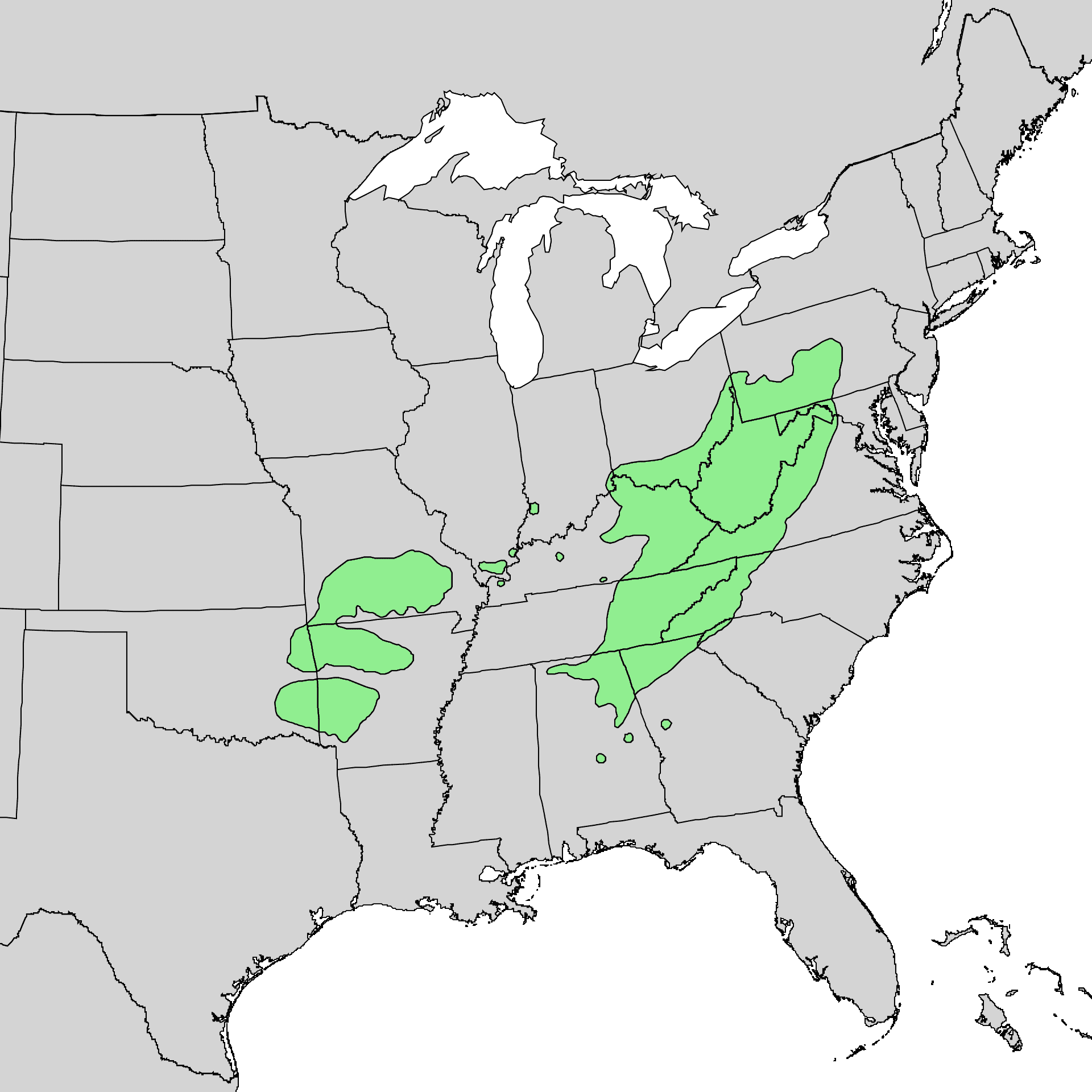
Black locust (Robinia pseudoacacia)
Black locust, also known as Locust tree
The black locust tree often garners a negative reputation in many parts of the U.S. due to its aggressive growth habits, but it also offers several advantages. For instance, it serves as a crucial nectar source for honeybees and is effective for windbreaks due to its fast growth rate, typically between 91 to 122 cm annually. Additionally, its wood is exceptionally rot-resistant, making it valuable for use in fence posts and other outdoor applications. However, one should note that the plant is highly toxic and should not be ingested under any circumstances. Despite its benefits, the black locust requires careful management to control its invasive tendencies.
Key Facts About Black locust
Attributes of Black locust
Scientific Classification of Black locust
Toxicity
ingestion, physical contact (for humans); ingestion (for dogs and cats)